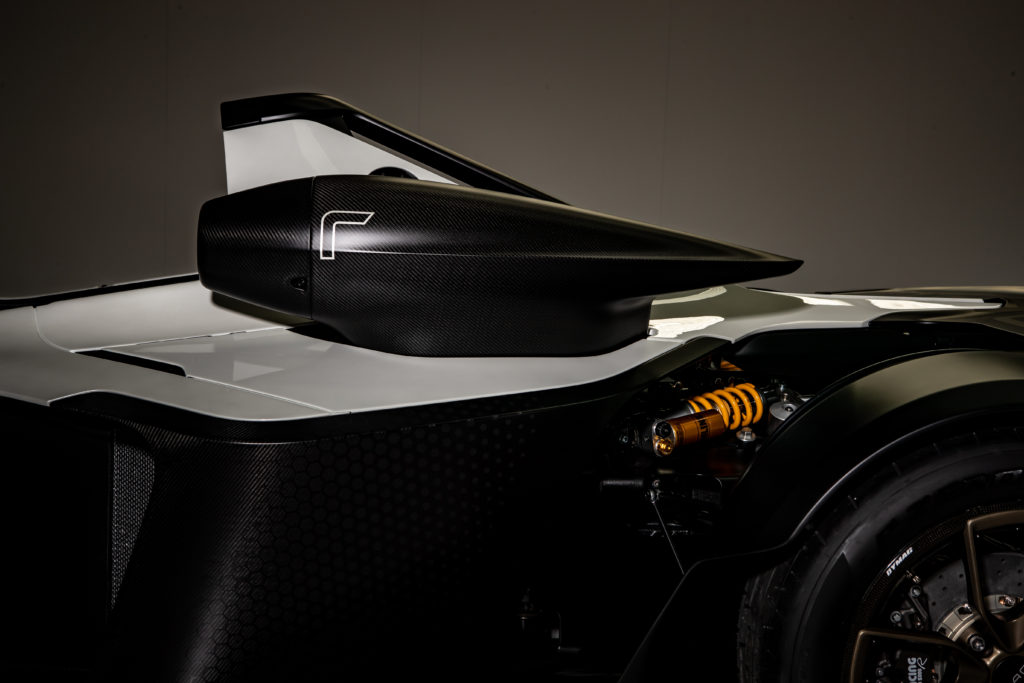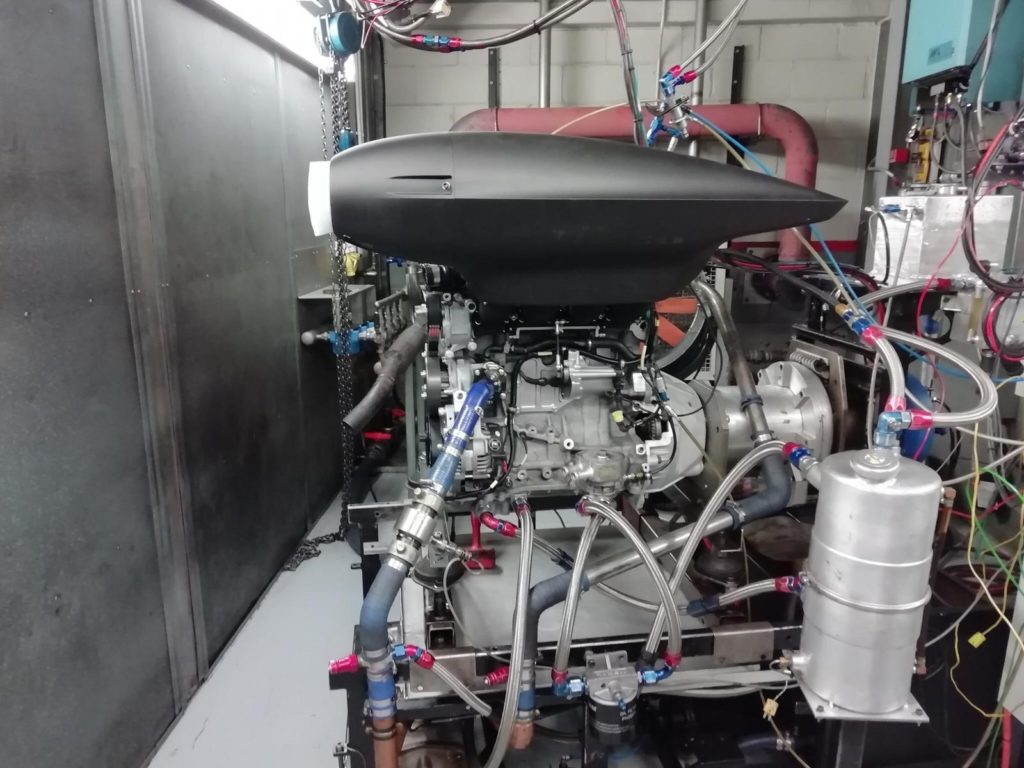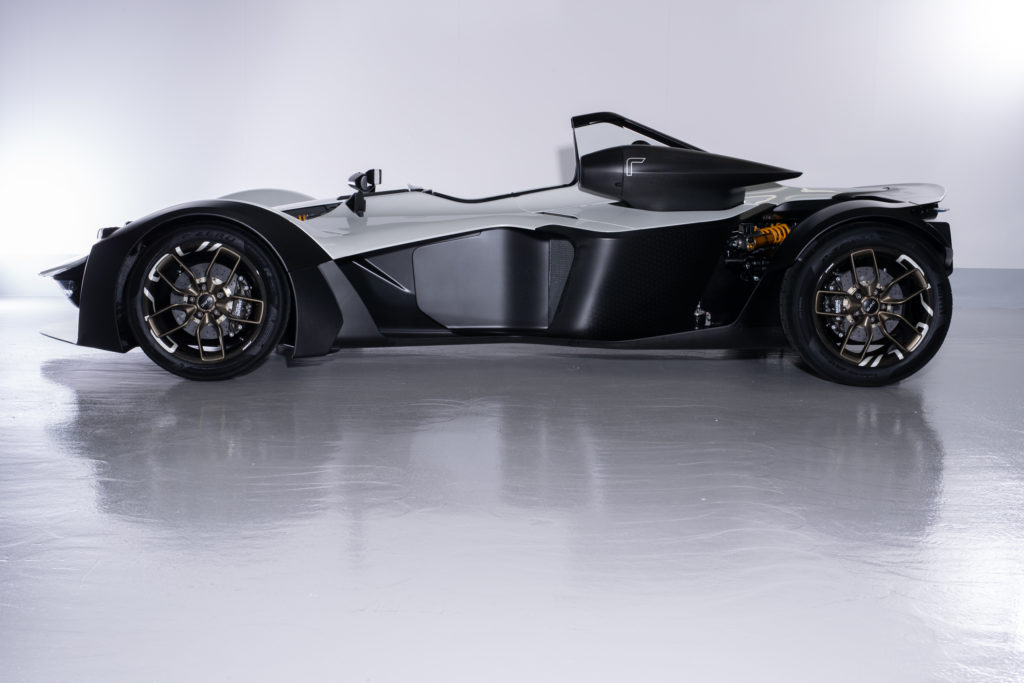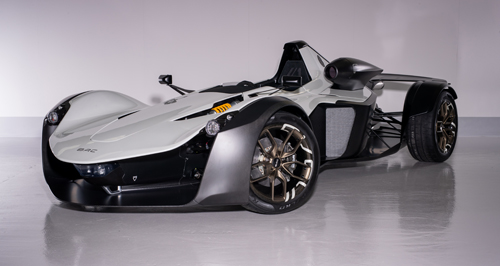British manufacturer Briggs Automotive Company aka BAC & FDM specialist Stratasys collaborated together for the manufacture of air intake prototype.
During the manufacturing process of the Mono R, BAC’s recently launched elite car, the company faced detrimental delays to the design process of an airbox. An airbox is an empty chamber on the inlet of most combustion engines. It is a pivotal tool for a car as it collects air from outside and feeds it to the intake hoses of each cylinder.
To overcome its challenge, BAC turned to Stratasys FDM additive manufacturing for the production of functional prototypes.

From weeks to just a few hours
“The lead time to produce one prototype of the airbox using traditional machining methods surpassed two weeks. If there were any problems with the prototype produced, then any design iterations would add double that amount of time. This was a delay we just couldn’t afford,” Ian Briggs, BAC Design Director, explains.
The air intake is essential for car’s cooling and on-road performance. With a unique geometry, the final must be produced entirely in carbon fibre, which the team did using Stratasys’ Nylon 12CF material.
This carbon-fibre reinforced thermoplastic can withstand extreme temperatures (over 140 degrees Celsius) while offering the desired design. BAC’s team used the material on the manufacturer F900 3D Printer.

“Access to the carbon-fibre reinforced Nylon 12CF was integral for this development process. The prototype was as close performance-wise as if we had produced the prototype in carbon-fibre reinforced plastic made from a mould. It also withstood the tests on the track with ease,” explains Briggs.
According to BAC, the overall appearance of the Mono R is 20mm lower and 25mm longer than its predecessor, meaning that every single centimetre matters. In order to effectively test the airbox, it needed to be accurately fitted to the car, with no room for error.
“The freedom of design offered by Stratasys’ industrial 3D printers was essential for the airbox. We were able to tweak the design and not worry that the final 3D printed version wouldn’t match the exact size or geometry we needed,” Briggs summarises., Nylon 12CF offered the design team the chance to test the prototype in as close a material as possible to the real thing.

You can now post free of charge job opportunities in the AM Industry on 3D ADEPT Media.For further information about 3D Printing, follow us on our social networks and subscribe to our newsletter : Facebook, Twitter, LinkedIn & Instagram !Would you like to be featured in the next issue of our digital magazine? Send us an email at contact@3dadept.com
https://pagead2.googlesyndication.com/pagead/js/adsbygoogle.js
(adsbygoogle = window.adsbygoogle || []).push({});






